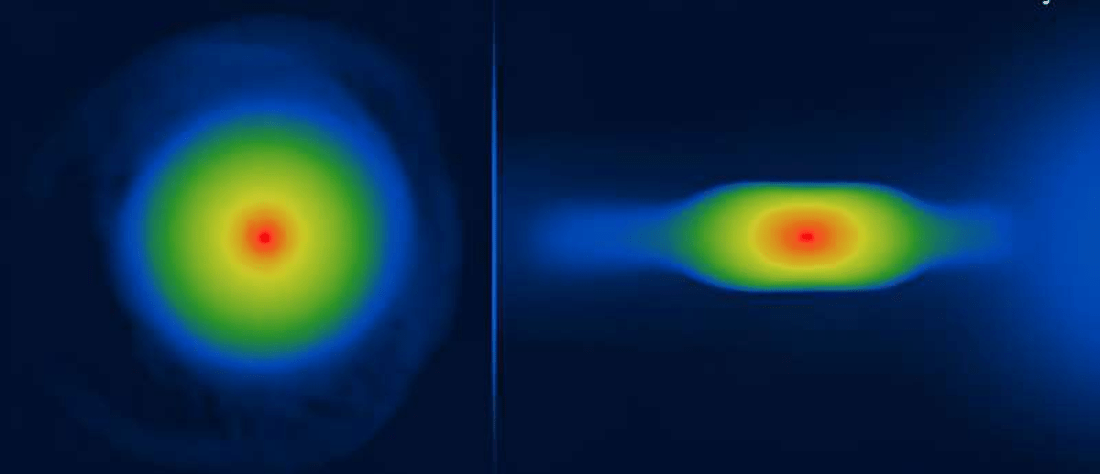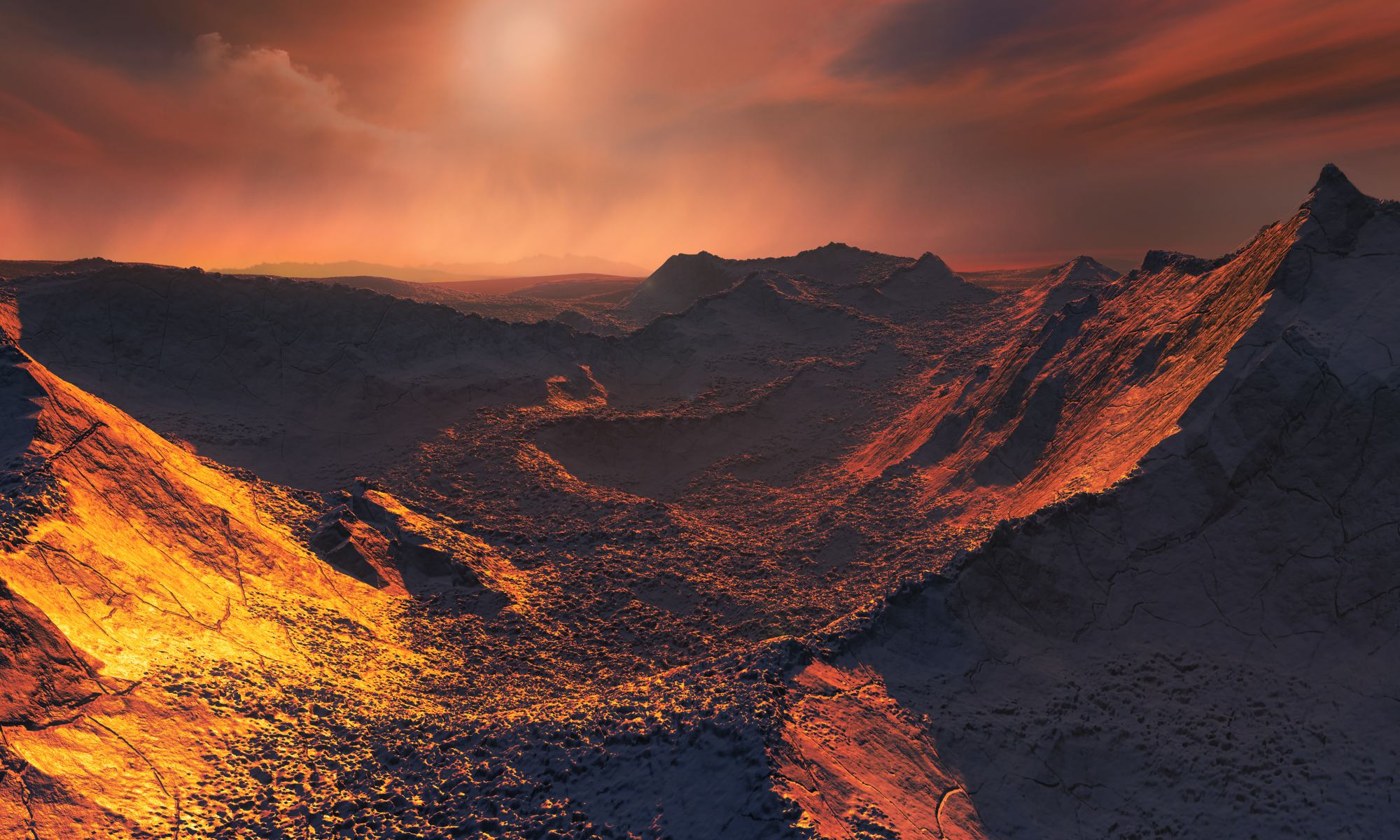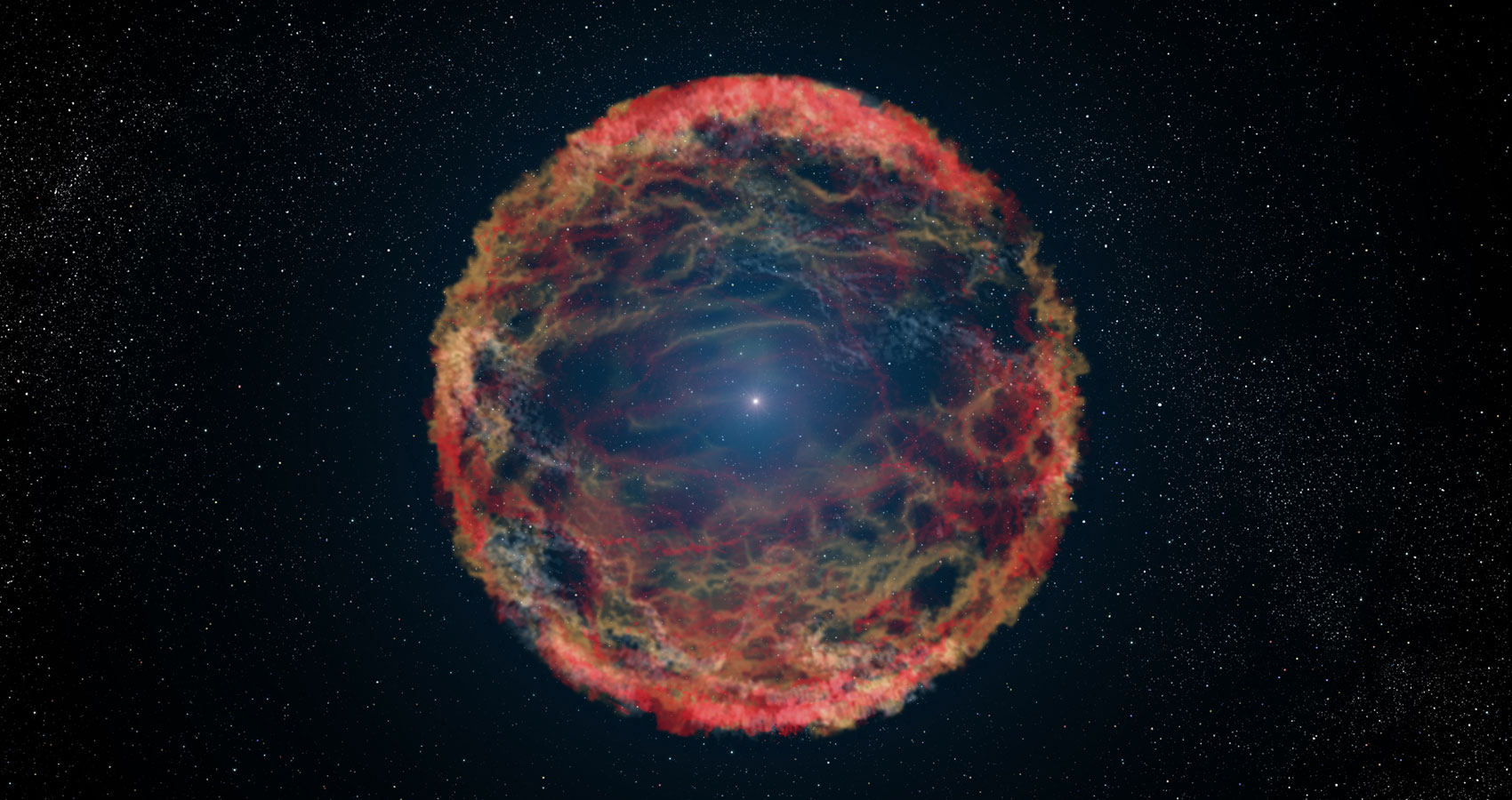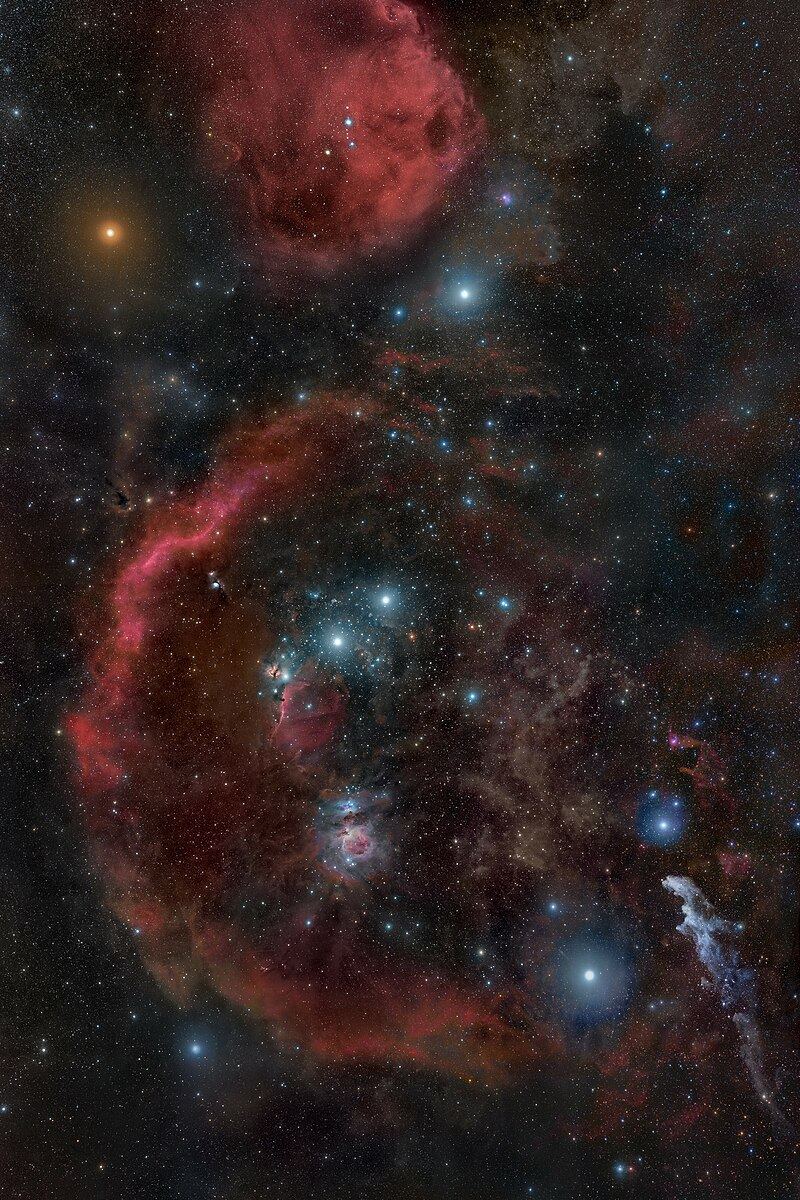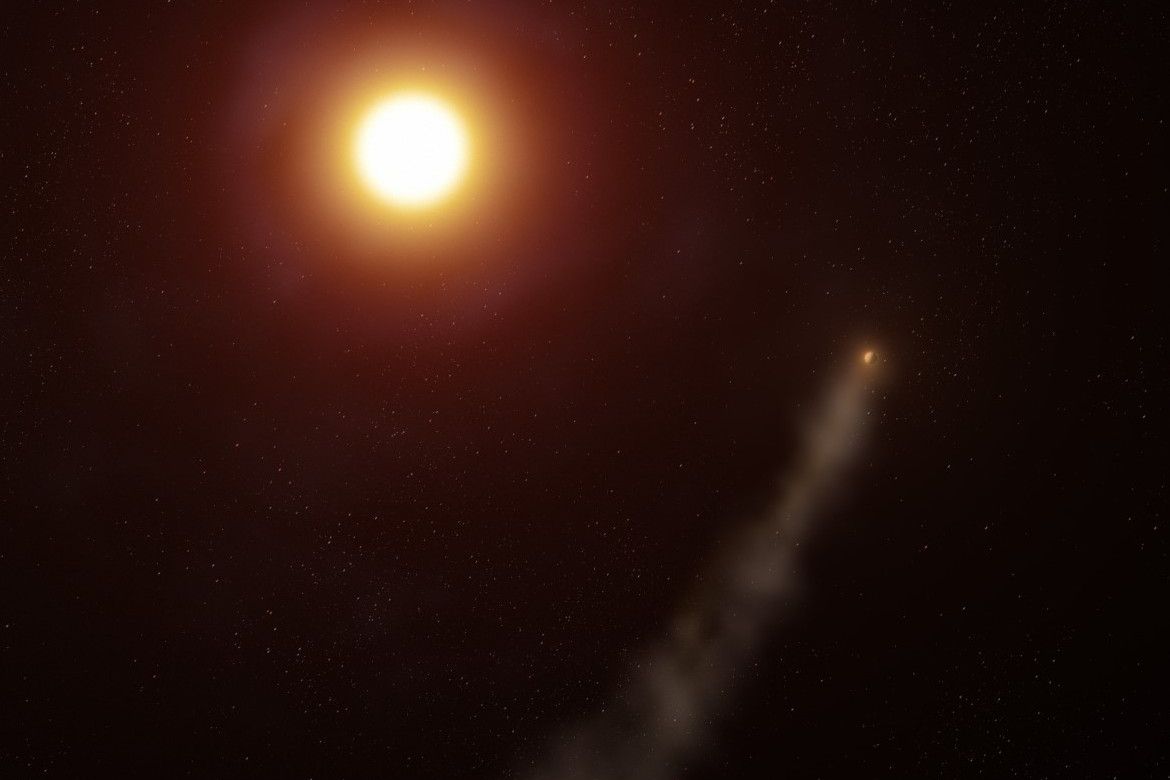Hubble and JWST are busily scanning the sky, sending home enormous amounts of data. They shift from target to target, completing the required observations.
But have you ever wondered what those two space telescopes are doing right at this moment? Now, you can do just that at the new Space Telescope Live website. It will show you what each observatory is scanning, where the objects are in the sky, and what researchers hope to learn. You can even go back or forward in time and see what each telescope has been looking at in the past or what observations are coming up.
Continue reading “Now You Can See Exactly Where Hubble and JWST are Pointed”



